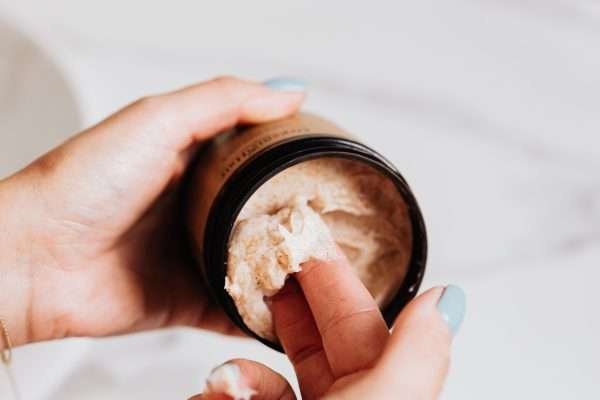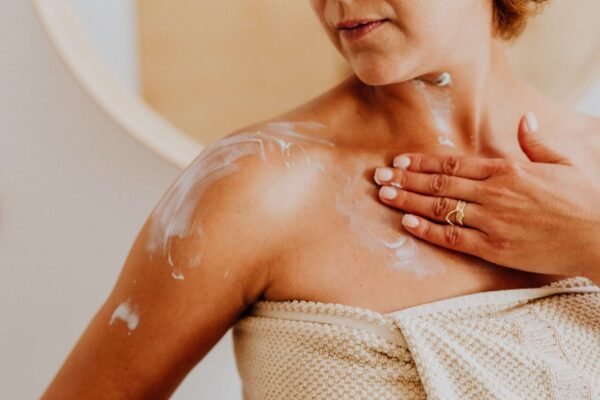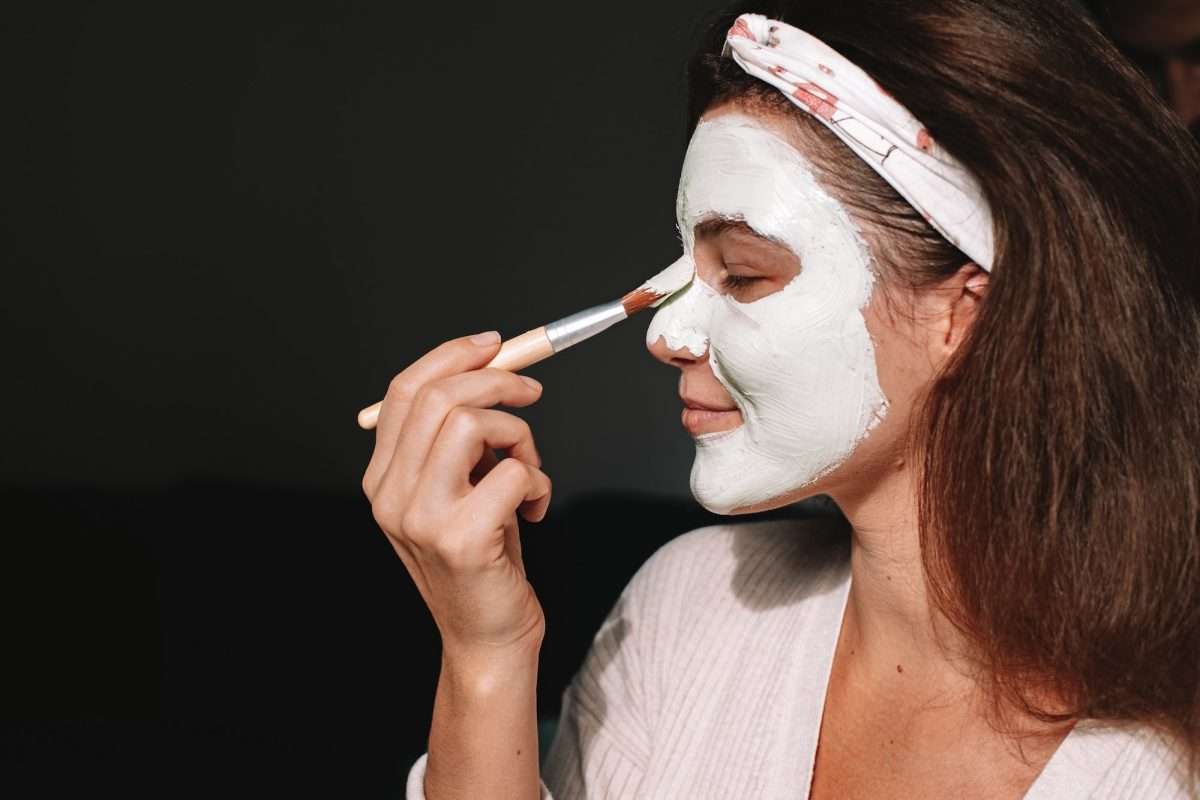Why are parabens used in beauty products?
In the world of cosmetics and personal care products, parabens have become a subject of intense scrutiny and controversy. These synthetic chemicals have long served as preservatives, extending the shelf life of a wide array of products, from lotions and shampoos to makeup and skincare. However, concerns about the safety and potential side effects of parabens have cast a shadow over their use. This article aims to provide an objective and comprehensive look at the truth about parabens in beauty products. We explore their functions, potential risks, regulatory oversight, and alternative options.
What Are Parabens?
Parabens are a class of synthetic compounds that have been used in cosmetics and personal care products since the 1950s. They were introduced to the industry as an effective means of preventing the growth of bacteria, yeast, and mould in products that contain water. By inhibiting microbial growth, parabens help extend the shelf life of these products and maintain their safety for consumers.
Common types of parabens used in cosmetic products include:
- Methylparaben
- Ethylparaben
- Propylparaben
- Butylparaben
- Isobutylparaben
Parabens are known for their broad-spectrum antimicrobial properties, making them a preferred choice for manufacturers looking to maintain the integrity and safety of their products. These preservatives are cost-effective and generally considered safe for use in cosmetics.

Functions of Parabens in Beauty Products
The primary function of parabens in beauty products is to act as preservatives. Here’s how they work:
- Preventing Microbial Growth: When water is present in cosmetic formulations, it creates a hospitable environment for bacteria, yeast, and mold to thrive. Parabens inhibit the growth of these microorganisms, thereby extending the product’s shelf life.
- Ensuring Product Safety: By preventing microbial contamination, parabens help maintain the safety of cosmetic products. Without effective preservatives, these products could become a breeding ground for harmful bacteria, posing risks to consumer health.
- Stabilizing Formulas: Parabens contribute to the stability of cosmetic formulations by preventing degradation and spoilage, which can alter the product’s texture, smell, and efficacy.
The Controversy Surrounding Parabens
Despite their widespread use, potential side effects of parabens have been the subject of growing concern and controversy, primarily due to the following reasons:
- Hormone Disruption: Parabens have been found to exhibit estrogenic activity, meaning they can mimic the hormone estrogen in the body. This property has raised concerns about their potential to disrupt the endocrine system, which regulates hormones.
- Accumulation in the Body: Some studies have detected parabens in human tissues, including breast tissue, leading to speculation about whether prolonged exposure to parabens from multiple sources could pose health risks.
- Breast Cancer Concerns: Parabens have been detected in breast cancer tumors, sparking fears of a potential link between paraben exposure and the development of breast cancer. However, it’s important to note that this does not establish a causative relationship.
- Sensitive Skin Reactions: Some individuals may experience skin irritation or allergic reactions when using products containing parabens, leading them to avoid such products.
- Environmental Impact: Parabens are known to be persistent in the environment and have been detected in waterways, raising ecological concerns about their potential impact on aquatic life.
Regulatory Oversight
The regulatory oversight of parabens varies by region, but in many countries, including the United States and the European Union, they are considered safe for use in cosmetics at low concentrations. Here’s an overview of the regulatory stance on parabens:
- United States (FDA):
- The U.S. Food and Drug Administration (FDA) has reviewed the safety of parabens in cosmetics. They have generally concluded that parabens, when used at concentrations below 1%, are considered safe.
- European Union (SCCS):
- The European Commission’s Scientific Committee on Consumer Safety (SCCS) has also evaluated the safety of parabens. They have established specific concentration limits for certain parabens in cosmetic products to ensure safety.
- Other Regions:
- Different countries and regions may have their own regulations regarding the use of parabens in cosmetics. These regulations may vary in terms of allowed concentrations and specific types of parabens.
Alternatives to Parabens
In response to consumer concerns and the demand for paraben-free products, many cosmetics companies have reformulated their products to exclude parabens. This has led to the development and use of alternative preservatives and preservation techniques, including:
- Natural Preservatives: Companies have turned to natural preservatives. Grapefruit seed extract, rosemary extract, and essential oils to maintain product safety and shelf life.
- Preservative Blends: Manufacturers often create blends of multiple preservatives to achieve broad-spectrum protection while using lower concentrations of each ingredient.
- Packaging Innovation: Packaging solutions like airless pumps and tubes can help protect products from contamination, reducing the need for preservatives.
- Product Formulation: Companies have opted to formulate products without water (anhydrous formulations), reducing the need for preservatives altogether.

So what is the truth regarding side effects of parabens?
Parabens have been widely used as effective preservatives in cosmetics and personal care products. Concerns about their potential health risks, particularly regarding hormone disruption, have led to growing consumer apprehension. Regulatory agencies, such as the FDA and SCCS, generally consider parabens safe for use in cosmetics at low concentrations. Ongoing research and evolving scientific consensus may influence future regulatory decisions.
Consumers who are concerned about parabens have the option to choose paraben-free products. Many cosmetics companies have embraced this trend. The beauty industry continues to evolve, with ongoing research into alternative preservatives and preservation techniques to address safety concerns and consumer preferences.
The decision to use products containing parabens or opt for paraben-free alternatives depends on individual preferences, risk tolerance, and the desire for products that align with specific values and concerns. As with any aspect of personal care, being an informed consumer and understanding the available information about ingredients is key to making choices that best suit your needs and priorities.
Fio de Ouro’s position is clear – we only produce parabens-free products and we only recommend parabens-free products to our customers. Don’t take a chance with your body.
The Key To Beautiful Skin – Find Your Skin Type

